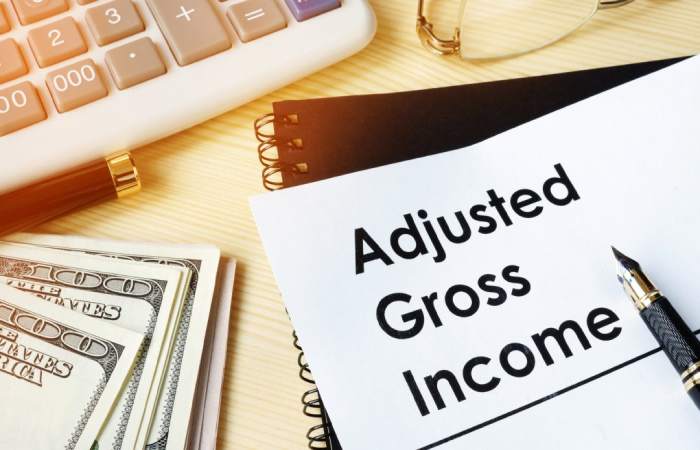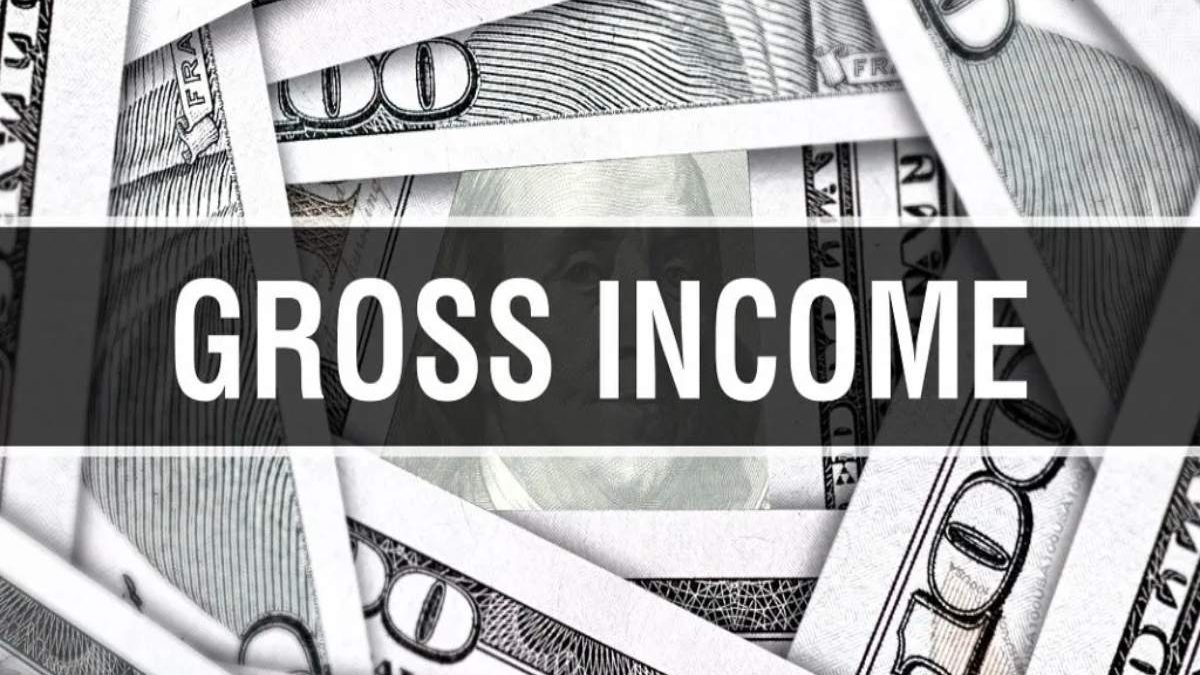The potential gross income is also recognized as the gross scheduled income. And the real income property produces if it fully leases the subject property at the central market rents.
And frankly, the ideal number is often different from the actual rent produced by the property. Also specifically, we can not collect gross scheduled income for various reasons, including:
Rent is above or below market.
And the occupancy rate is also less than 100%.
And about tenants are not paying the rent.
Also, the landlord refunds part of the tenant’s rent.
It’s also part of the property, temporarily not rentable.
Therefore, gross scheduled income is the target number. And it’s achievable in some properties and not others.
And it ultimately, as we shall see, gross planned income is different from adequate gross income.
What is the Gross Schedules Income vs. Effective Gross Income?

An adequate gross income EGI is different from gross potential income. And the change involves three main factors that touch rent collections.
1. Expense the Reimbursements
First, tenants pay expense reimbursements. Also generally, It includes insurance, maintenance, and real estate taxes. In contrast, the absolute net let requires the tenant to pay all expenses.
2. Collection and Vacancy Loss
Secondly, the issue that reduces PGI to EGI collection and vacancy loss. And collection loss is the project’s amount of rent that we can not collect for the period.
And disturbingly, this can stem from various factors, such as rent strikes, squatters, evictions, and deadbeats.
Also, post-loss occurs when we can not rent out all of our available units. Alternatively, someone can change out before there the replacement tenant.
Also, during the lease-up phase of the new property, we must employ and sign new tenants.
It obviously, and takes time, which creates vacancy loss. And clearly, we hope to calm the property at 100% tenancy as soon as possible.
Also Read: Watch and Download Hindi H.D. Tamasha Movie 2015
3. Additional Income
Thirdly, other income sources impact EGI. Also, these include laundry machines, vending machines, parking, storage units, pet fees, late fees, etc.
Also, it can mainly estimate the EGI factors using industry benchmarks, comparable properties.
And historical performance, the judges reflect all these issues when evaluating properties.
What is the Potential Gross Income Formula?
The formula for PGI :
PGI = Σ (market-level rent per unit x number of teams at that rent)
Σ means sum.
Also, it covers all cases in which different units take similar and different rents.
Also Read: [pii_email_4dd192082ab89c8080e4] Outlook Error Solution
How to Calculate the Gross Scheduled Income?
Here is how we calculate gross scheduled income in the spreadsheet. And please list all of our units in Column A.
For column B, enter the monthly rent for each unit. For Column C, but the product of 12 times B. And finally, sum Column C to arrive at the gross scheduled income.
Also Read: How to Solve the [pii_email_081a2214d44147a79040] Error in Outlook?
Related Search to Potential Gross Income
what is potential gross income
gross Potential Gross Income rent formula
adequate gross income vs. net operating income
adequate gross income – operating expenses =
Potential Gross Income effective gross income multiplier
effective awful income multiplier formula
Potential Gross Income age calculator
gross operating income

